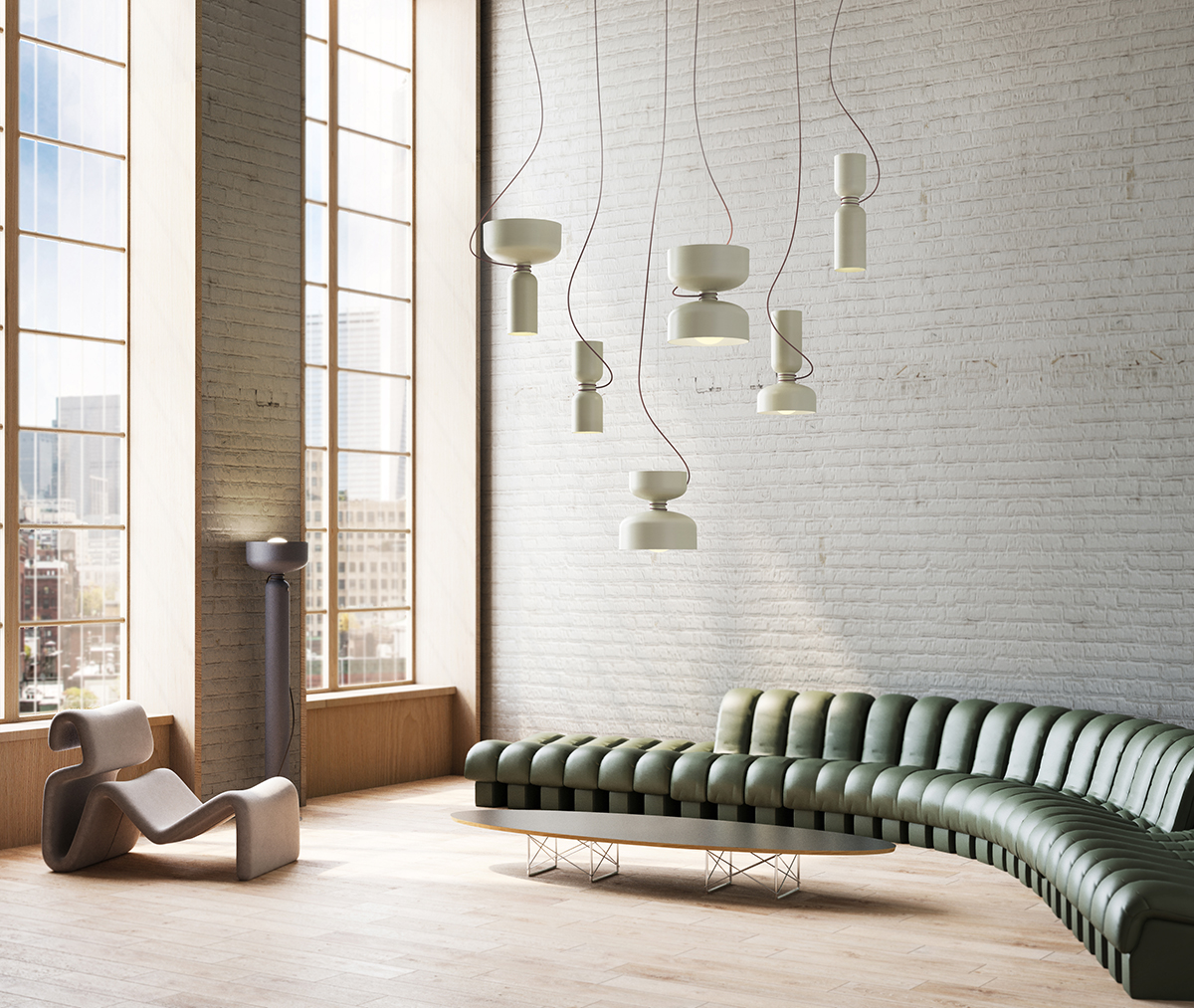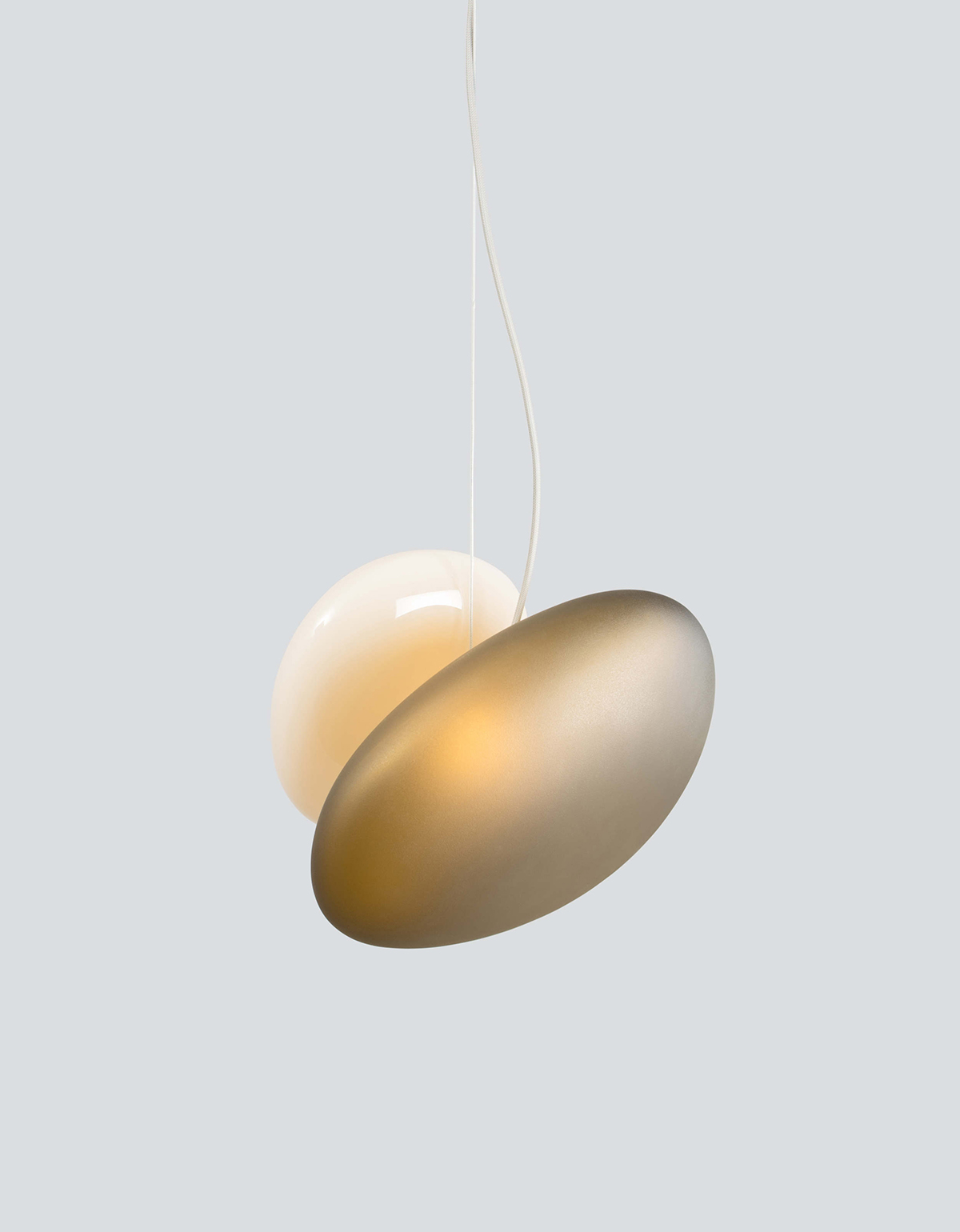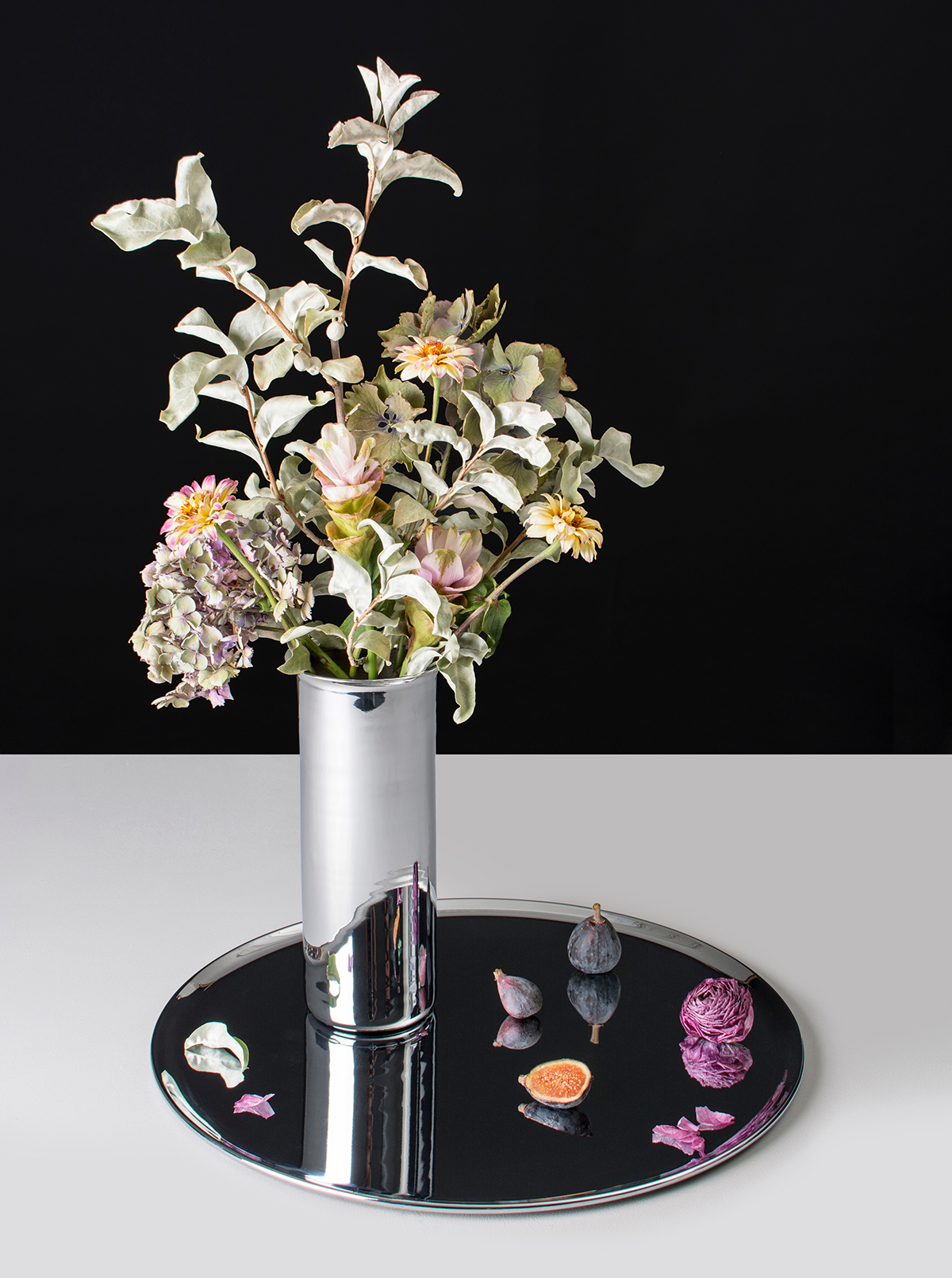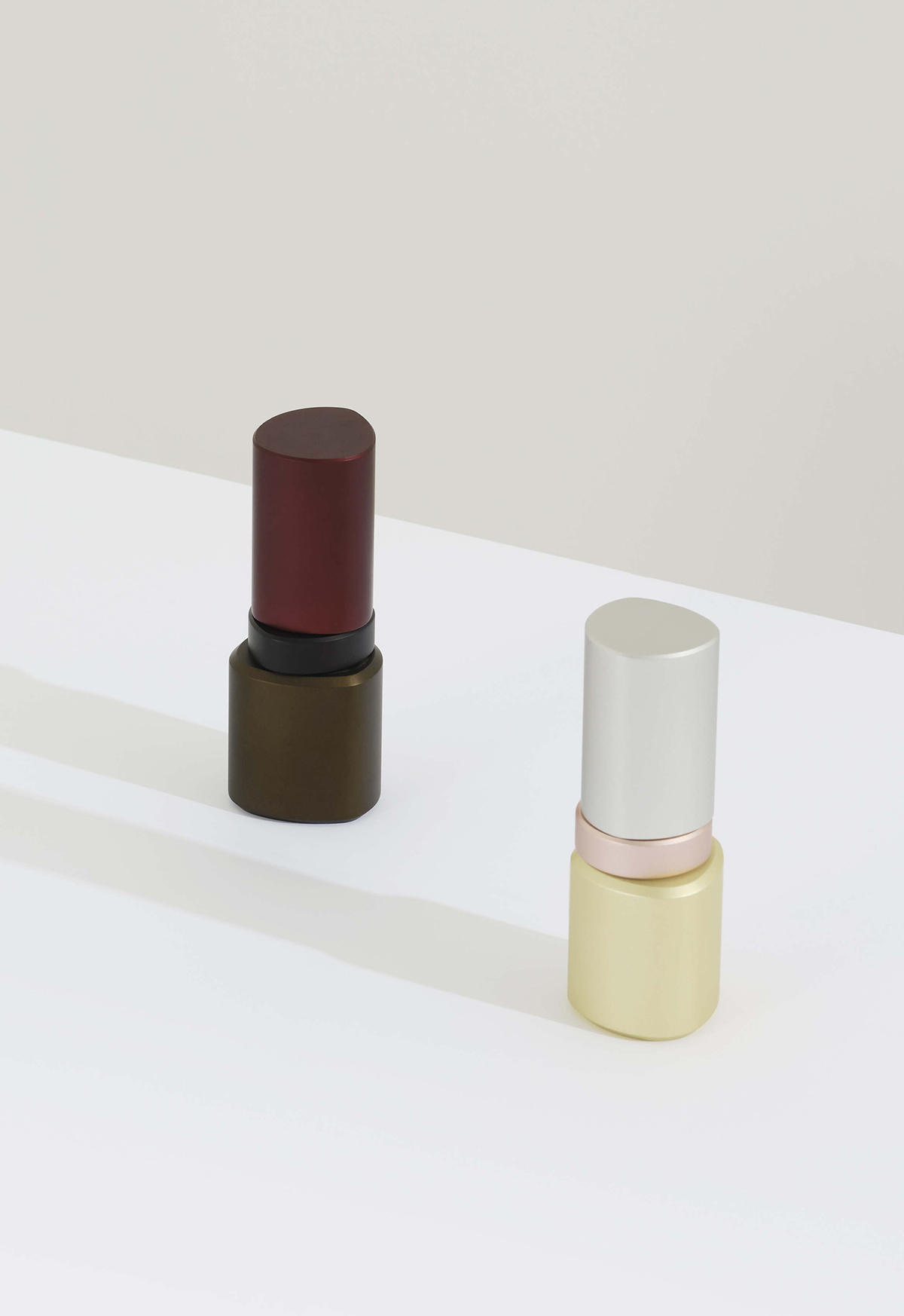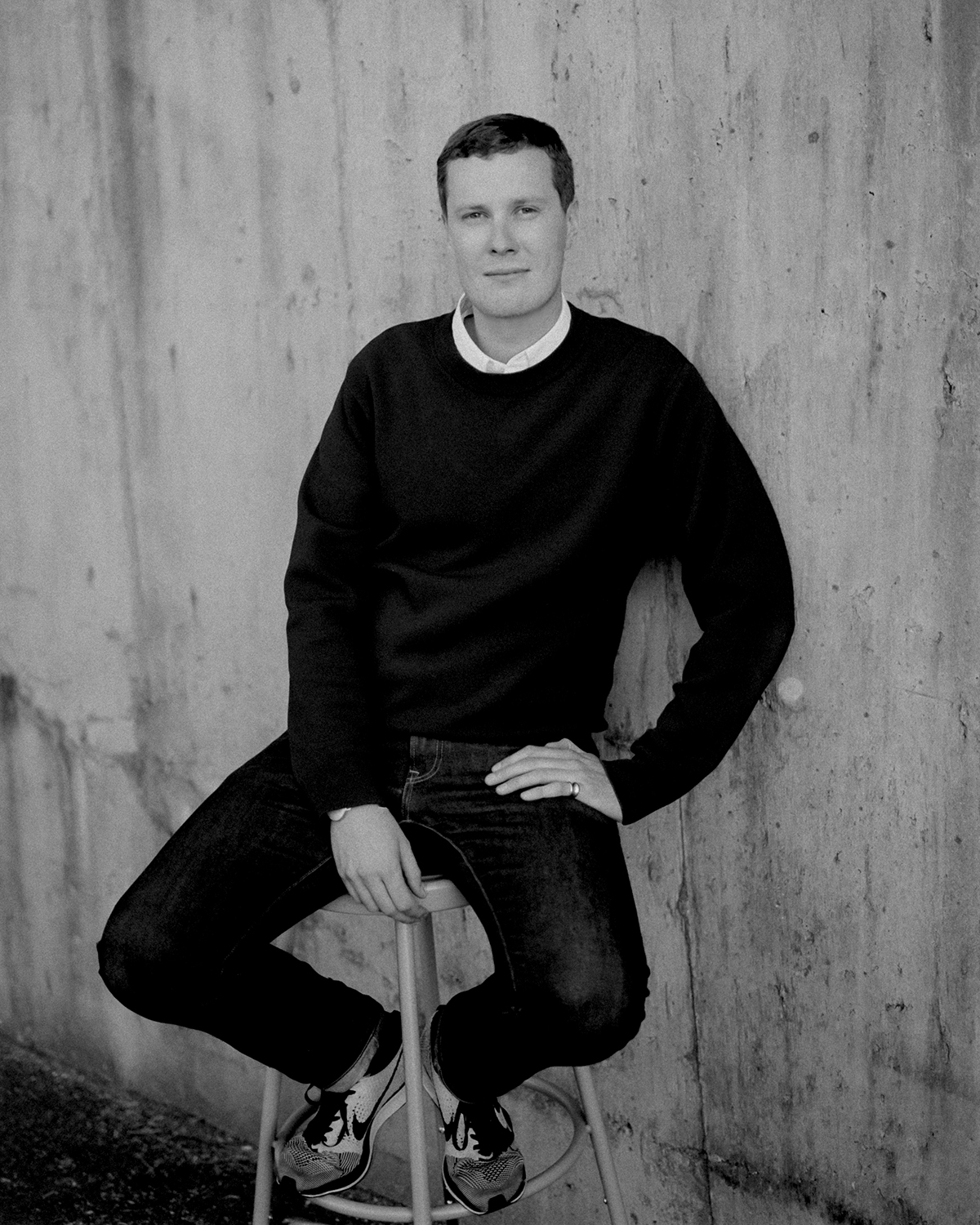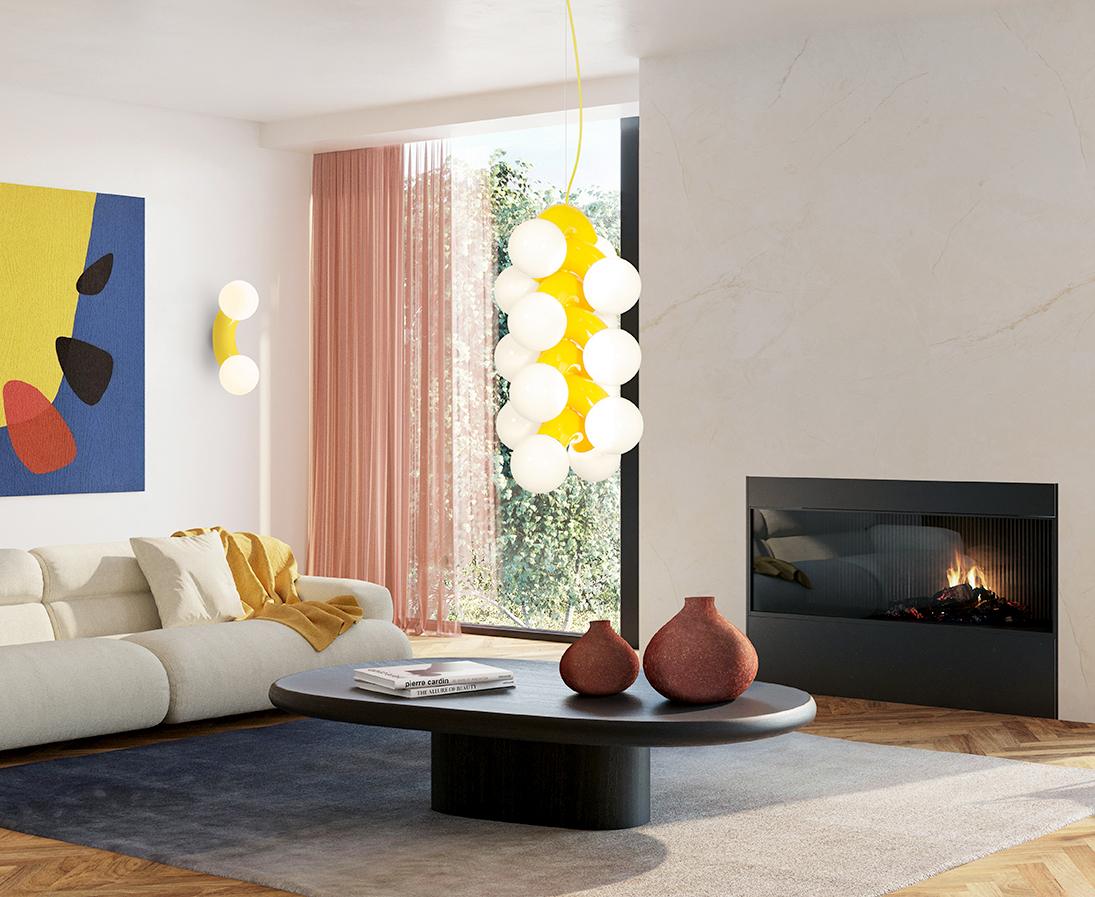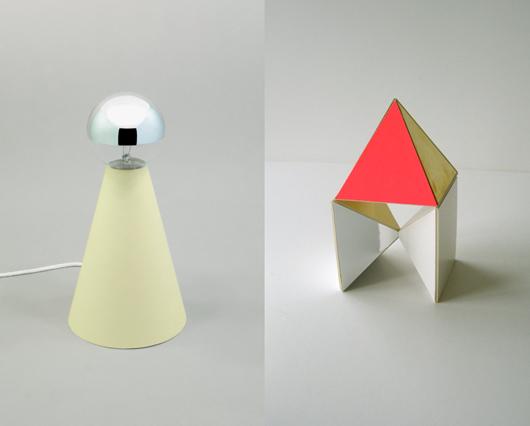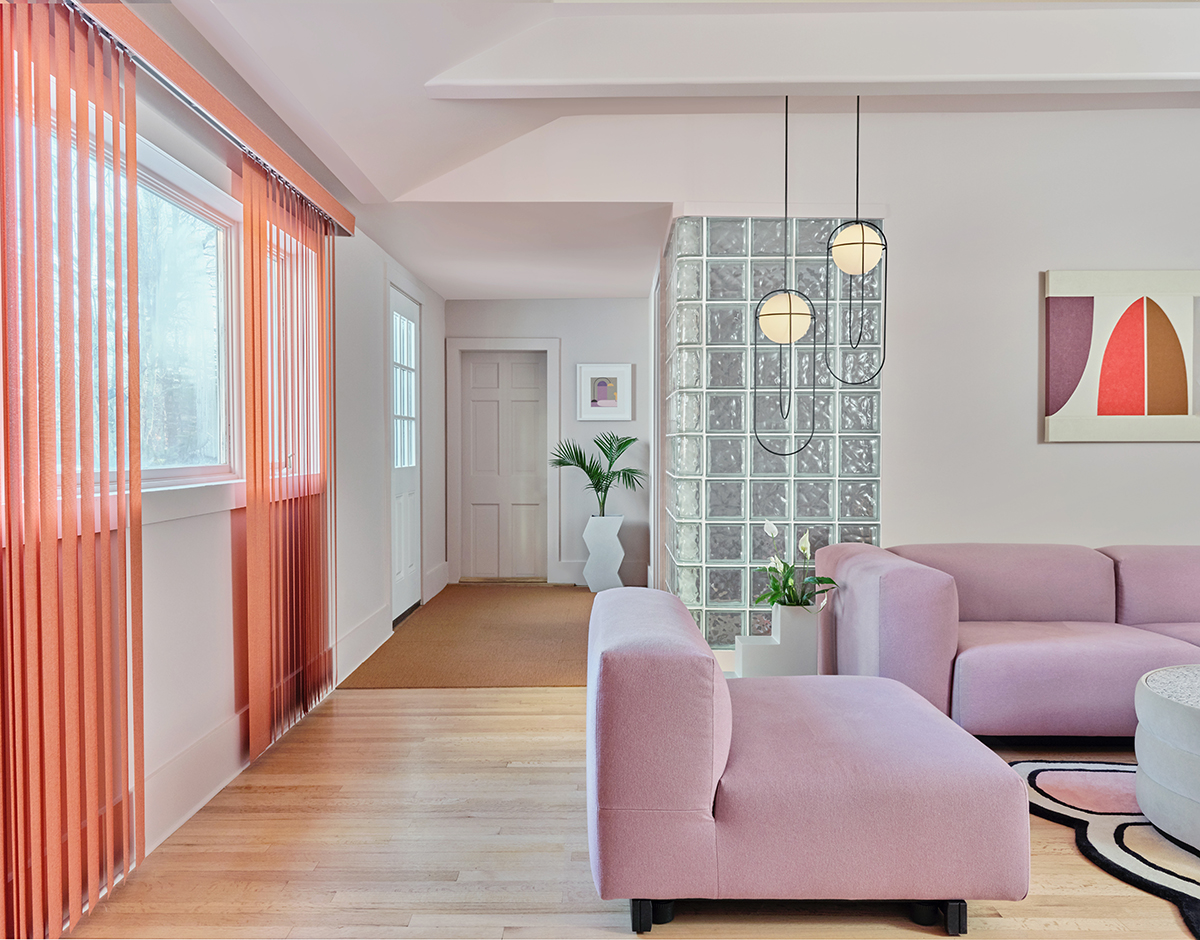
10.28.21
Q+A
Lighting Designer Lukas Peet on Balancing the Sculptural and the Saleable
Lukas Peet’s first commercially successful lighting design — and the one that brought him to our attention way back in 2011 — looked like diamond wedding band that had been stretched into a three-foot-long oval tube. An arch of shiny gold at the top, flowing into a glowing strip of LEDs nestled inside the contoured glass, his Rudi light was inspired by his father, a jeweler. That light was eventually licensed by Roll & Hill but its success, along with a few others, was enough to convince Peet that lighting might be the most interesting path for him to follow in design. After joining forces with his fellow Vancouver-based creatives, Caine Heintzman and Matt Davis, Peet co-founded the commercial and residential lighting manufacturer and studio ANDlight.
Peet and Heintzman share design duties, and each has a distinct aesthetic point of view. Heintzman’s designs are more modular and expressive, interested in the volumes that form when identical parts are repeated and configured in different ways. Peet’s design language is more spare and economical — paring down the caged metal trope to a duo of thin elliptical wires (as in his Orbit pendant up top), flattening a pendant like a pancake to diffuse light throughout a space, offsetting two organic pieces of glass in his Pebble series. We recently spoke to him about designing for mass production, the Canadian scene, and the importance of always recycling your work.
Top: Peet’s Orbit Light in the Pieces Home, photo by Claire Esparros
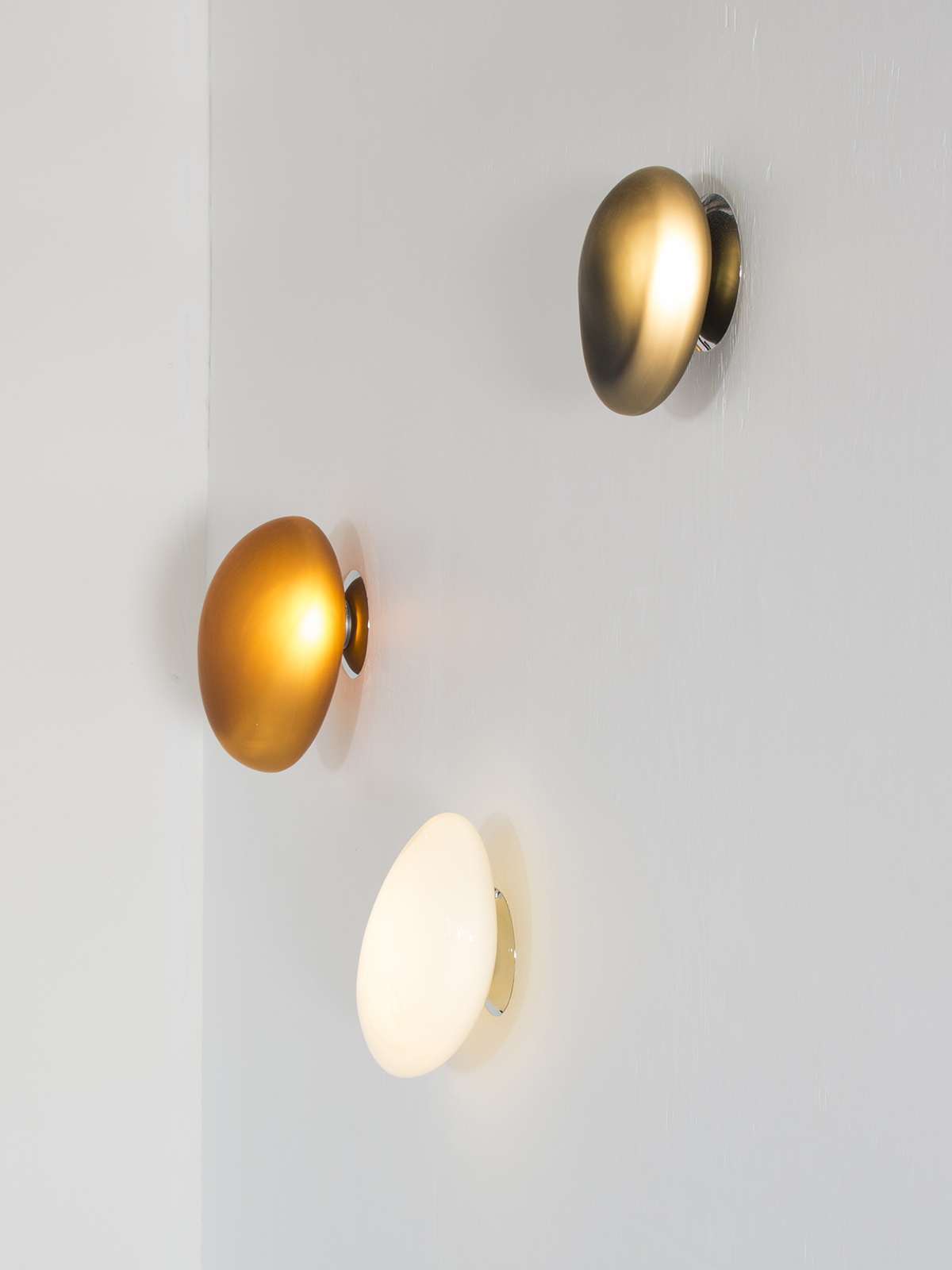
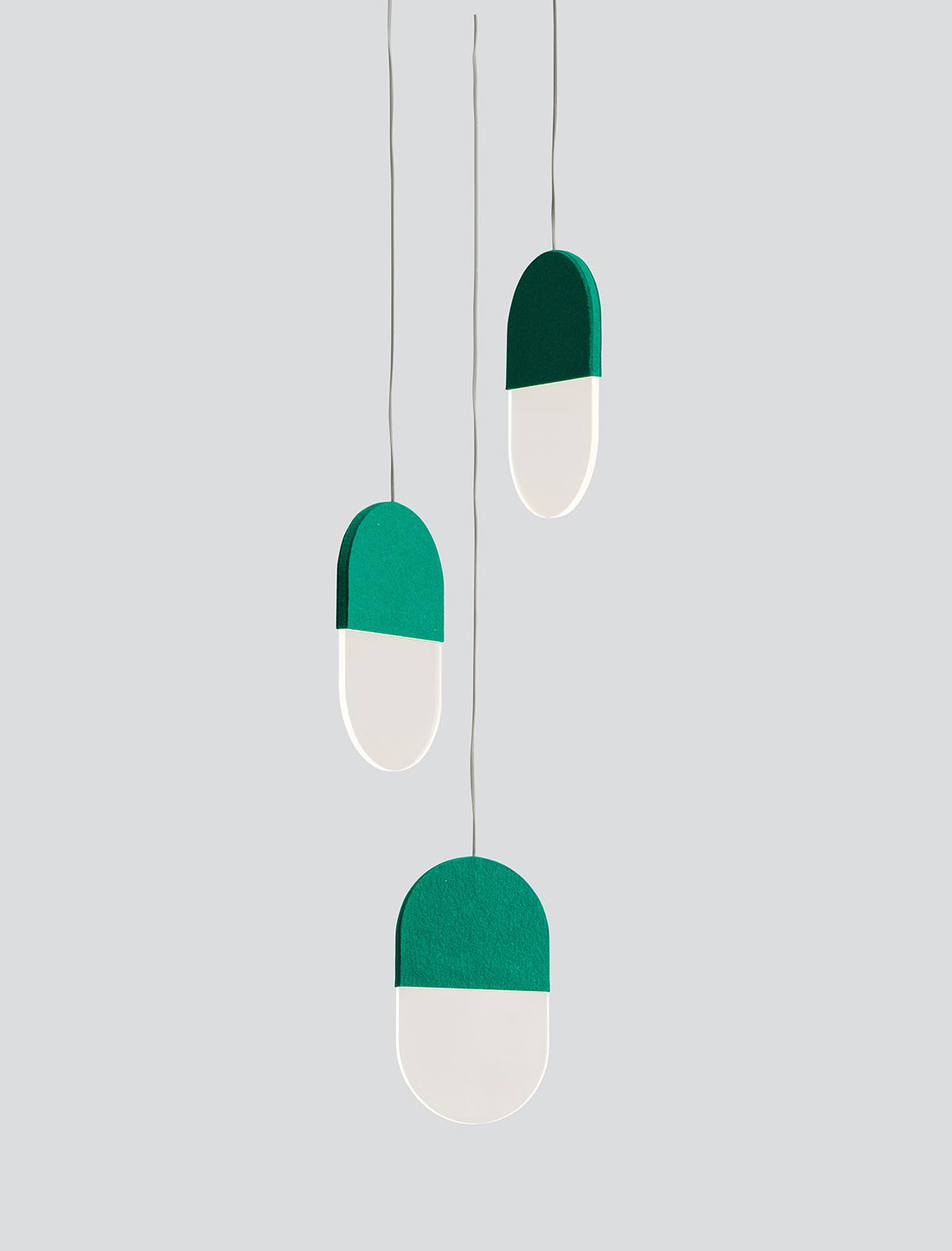
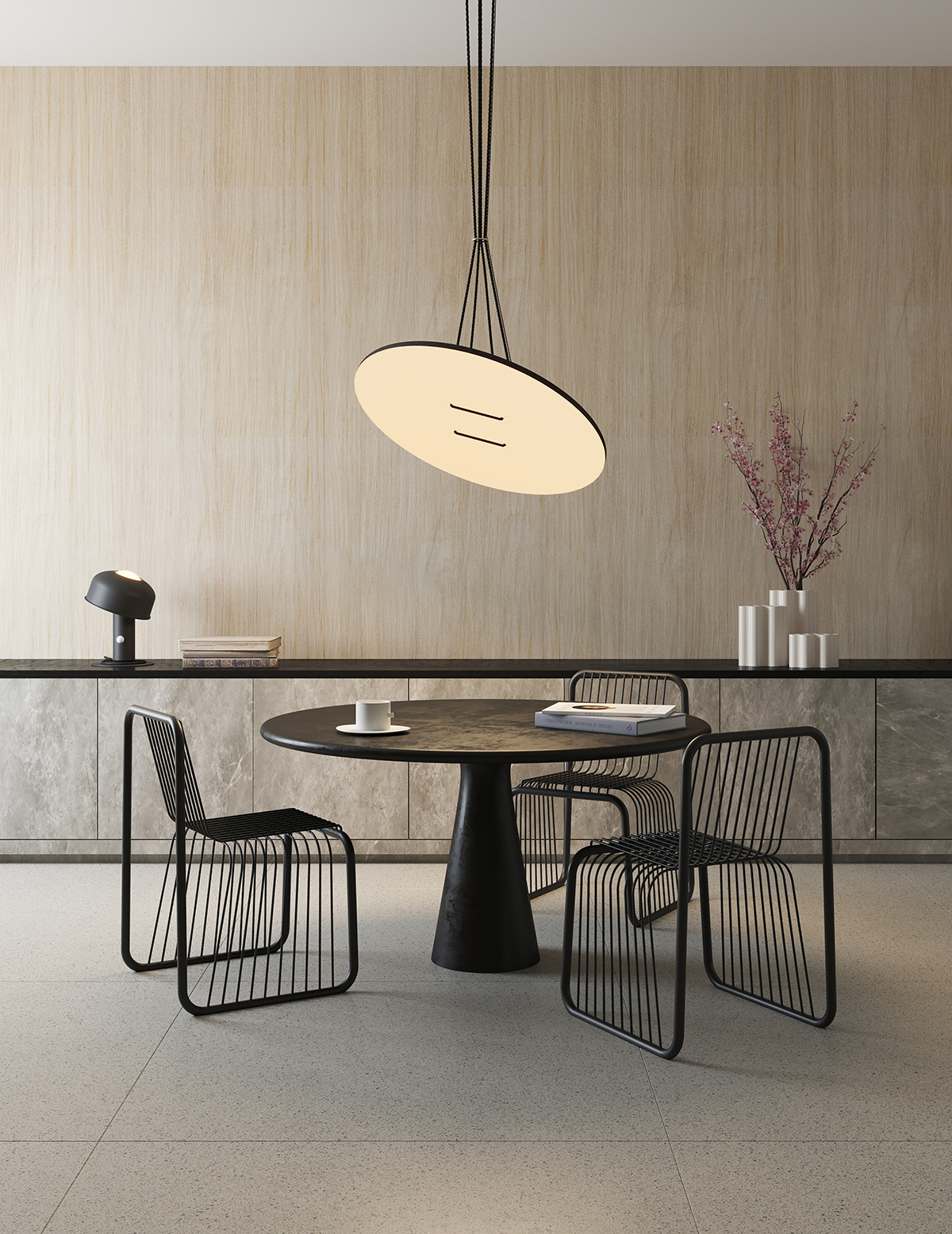
I remember interviewing you years ago, you told us that you’d spent a lot of your childhood in your father’s workshop. Do you think that experience helped spark your interest in lighting?
The interesting thing about lighting is that it is essentially the “jewelry” of a room. When you think about a sofa, table, or chair — they’re quite a bit larger, and their impact on a space tends to be bigger even though they’re usually more conservative. Whereas lighting tends to be something people can have a bit more fun with. Generally, lights hang like an earring or a necklace, accenting the space. And, of course, they glow, so they have a bit of sparkle. A light also changes throughout the day, altering the space, whereas, again, a table just sits there. How you manipulate a light helps create the mood. It’s very experiential.
In what ways did your dad’s jewelry-making also influence — or not influence — your aesthetic?
He’s a goldsmith, and everything he makes is unique — all one-offs. A client will visit him, no appointment, they’ll introduce themselves, and then, based on their experience or their background or what they’re thinking, he’ll translate those ideas into one or two models.
His aesthetic is quite organic and sculptural, and I guess the closest thing I’ve created to that is the Pebble Series. I really appreciate that design aesthetic, but when you translate it to something mass produced, it tends to make things very difficult. The mass production of lights usually involves processes like metal stamping or spinning, which yield a more uniform result. You’ll see that organic aesthetic more with glassblowing or ceramics or cast objects.
My general approach to the aesthetic of a product is based on a mix of things — the material that I feel would work best, and the technique, of course. But ultimately, as a business owner, you need to also arrive at a price point that makes sense for the market. You always have an end goal of what the price should be, and then you have the idea, and you want to try to make the idea as good as it can be, and along that journey there are always going to be compromises. Especially being in Canada, it’s a smaller market. We can’t really rely on making one-offs or doing collectible design because we don’t have the market.
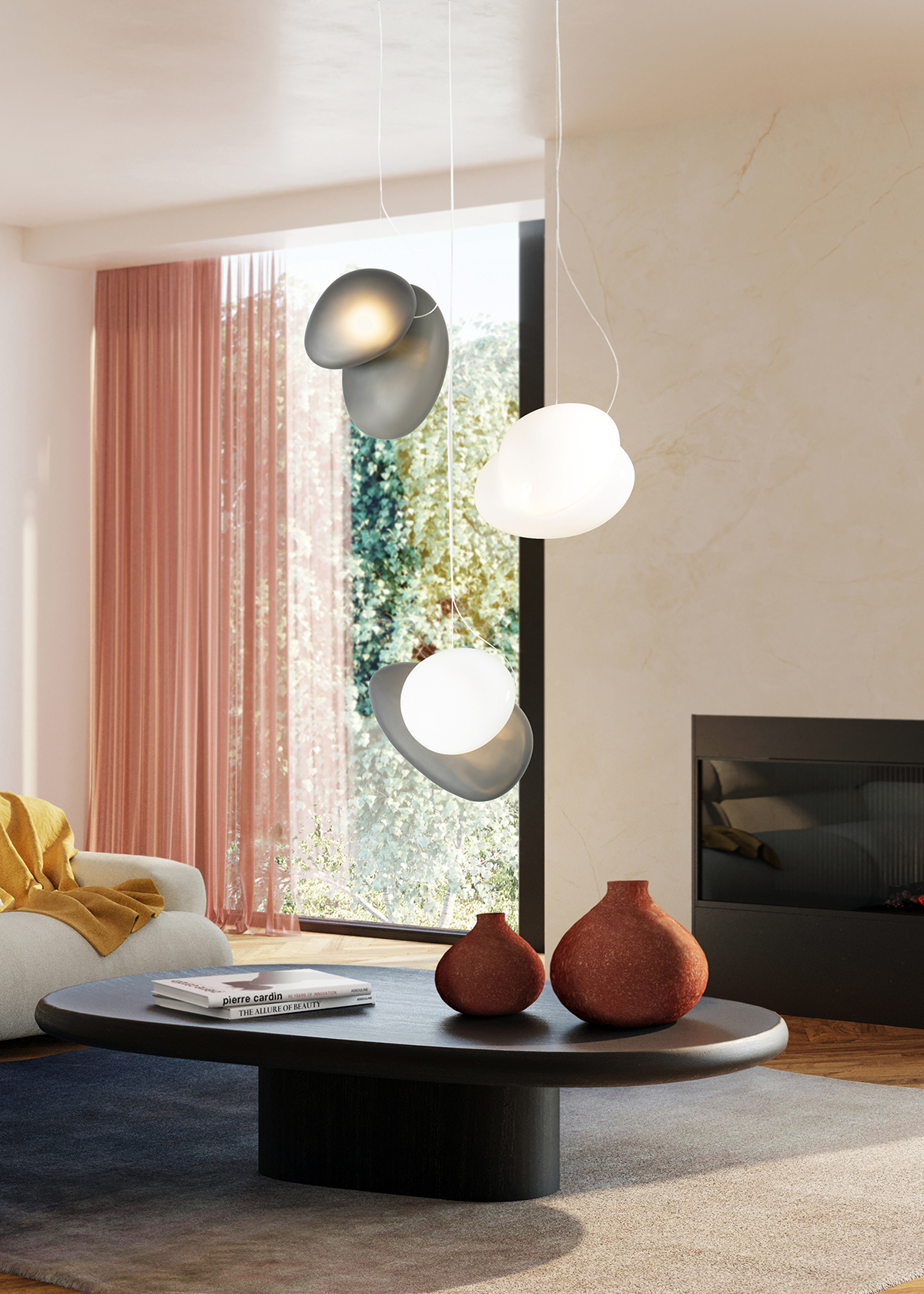
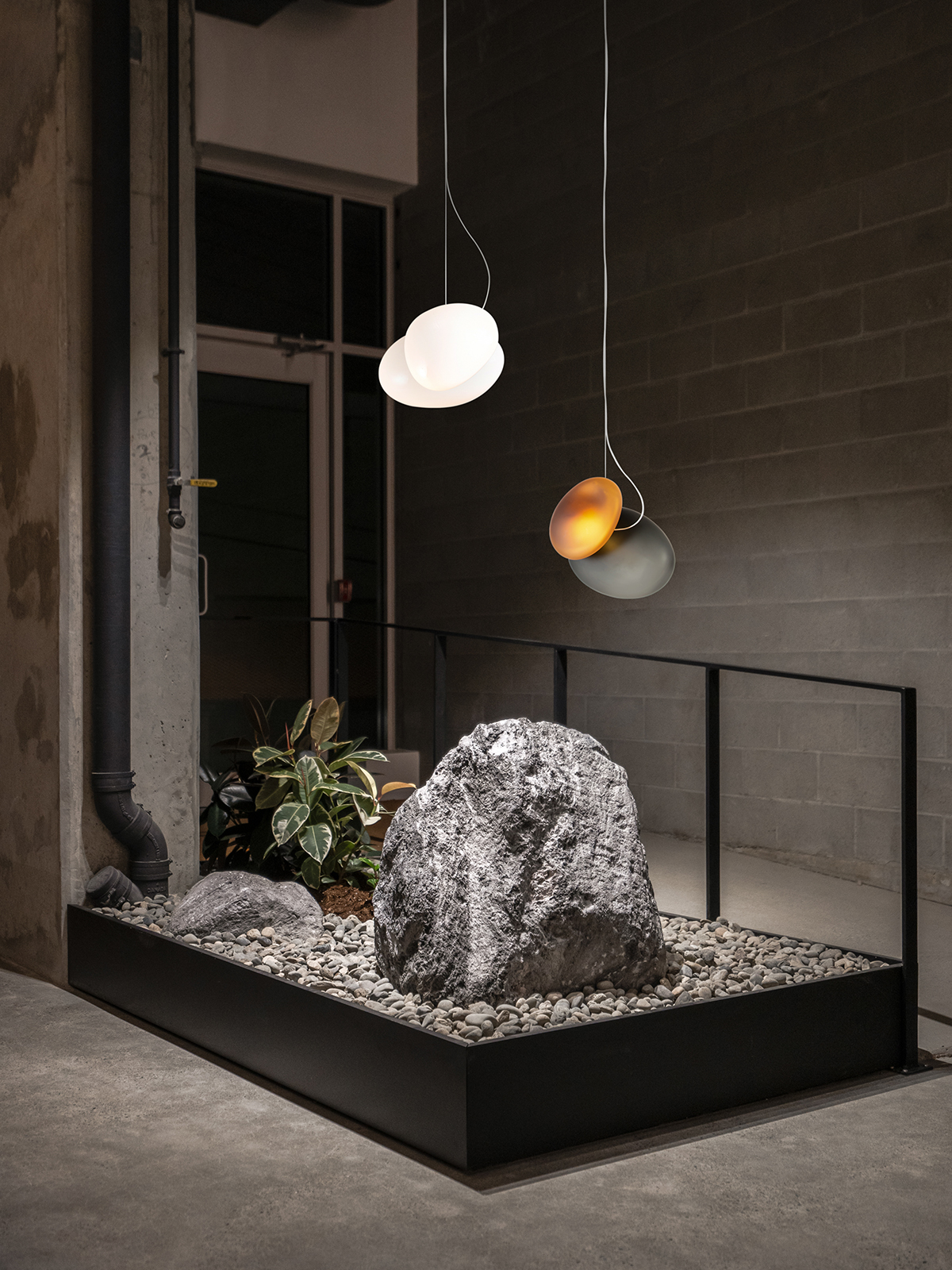
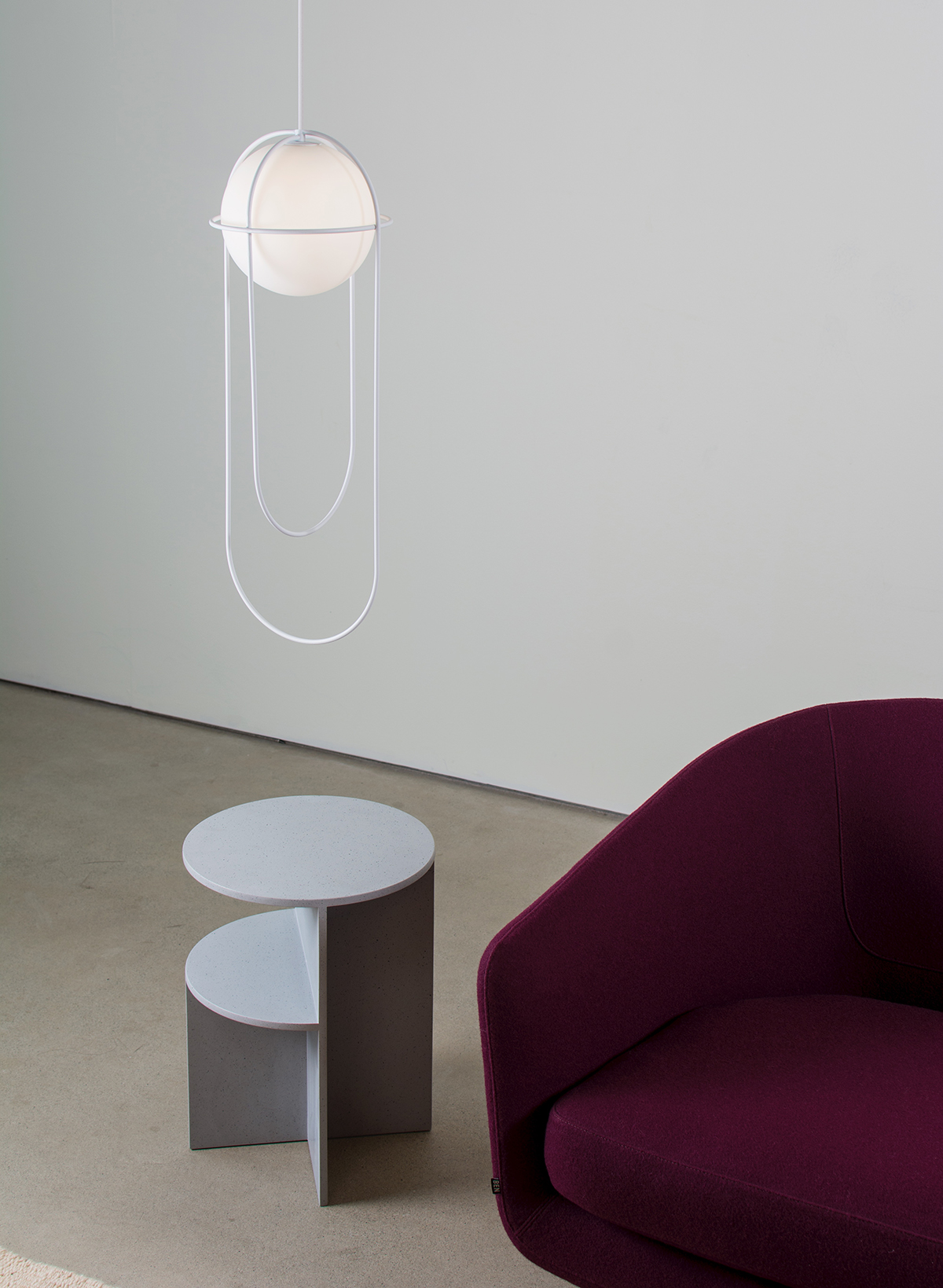
When you started ANDlight, did you feel like there was something missing from the Canadian design landscape? Or something missing from your practice that you wanted to explore?
Yeah. I wanted to live in Canada, but as far as it being a small market, my options were limited. I did initially start my own studio — and I still have my own practice — but from my standpoint, one of the strongest reasons to start the company was as an outlet for creativity.
We didn’t consciously think about what Canadian design was or wasn’t, or where we would fit in, but we tried to build it on a foundation of — I guess everybody says this —but making timeless objects. We wanted to create products that really perform, whereas for people in the decorative lighting world, it’s can be more about a sculpture with some light source.
The other cornerstone was that back in 2012 when we started, LED was still quite new within the industry, and from a design sense, I thought that was really interesting. We were no longer dealing with archetypical light sources — LEDs could be thin, they could be taped, they could be panels. It allowed for so many new design approaches. Like the Button Light being a really thin panel with a wide diameter? That’s just wasn’t possible with previous technologies.
So, in some sense, though we were very small, we could still be on even ground with the rest of the industry. I think that helped us early on to get some notoriety, and to make unique things that really hadn’t been done before.
How does it work between you and your two co-founders, Caine and Matt? How do you decide what’s going to be an ANDlight product?
I think one of the strengths of ANDlight is the fact that me and Caine are designers and that we both are free to design what we want. Of course, the three of us come together weekly and we discuss design as a whole, and it’s always important to get the others’ opinion on how it might be a better product, but I think it’s great that ultimately, it’s sort of our decision. It makes the brand a bit more dynamic that it isn’t just one person’s handwriting.
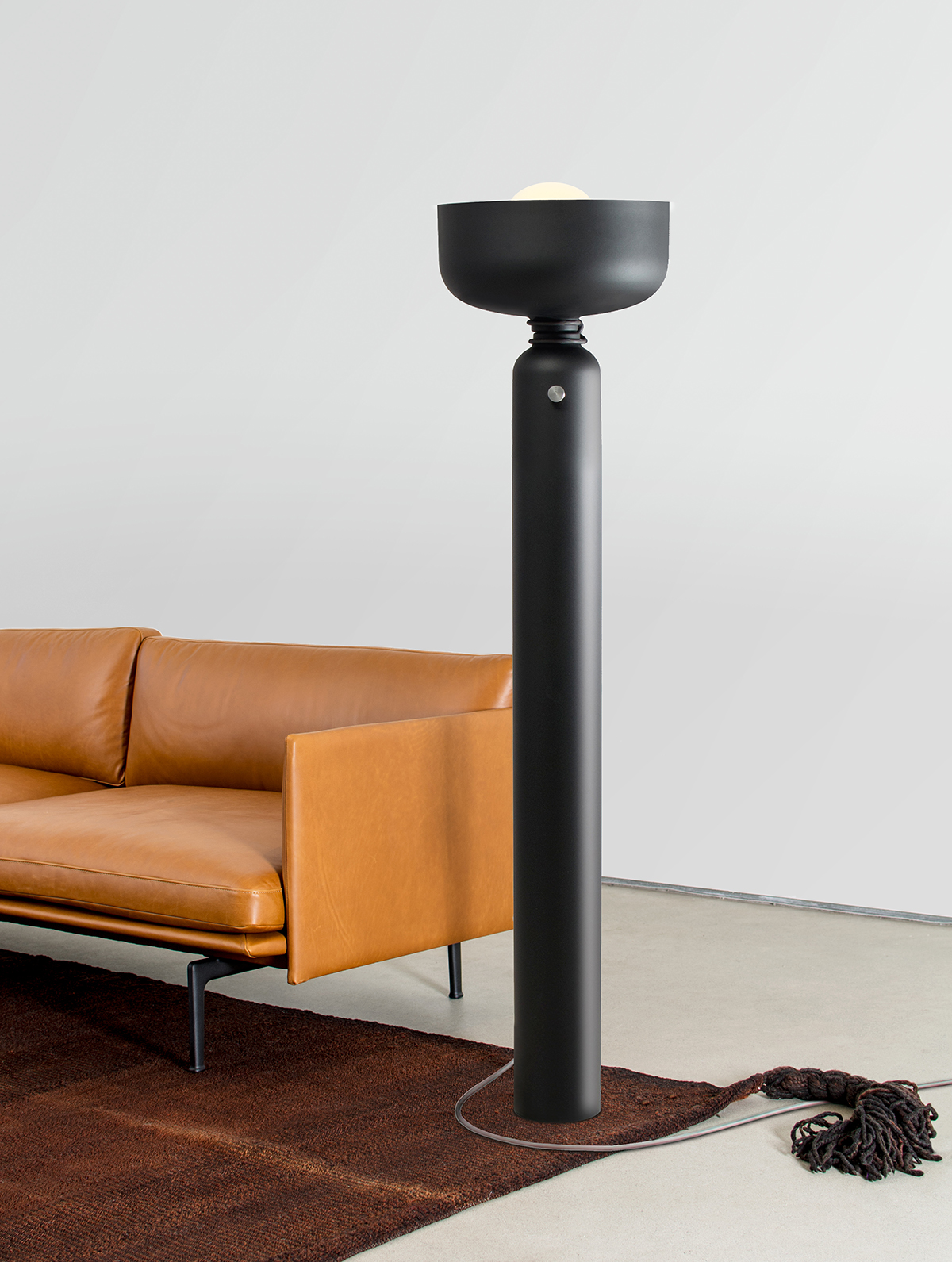
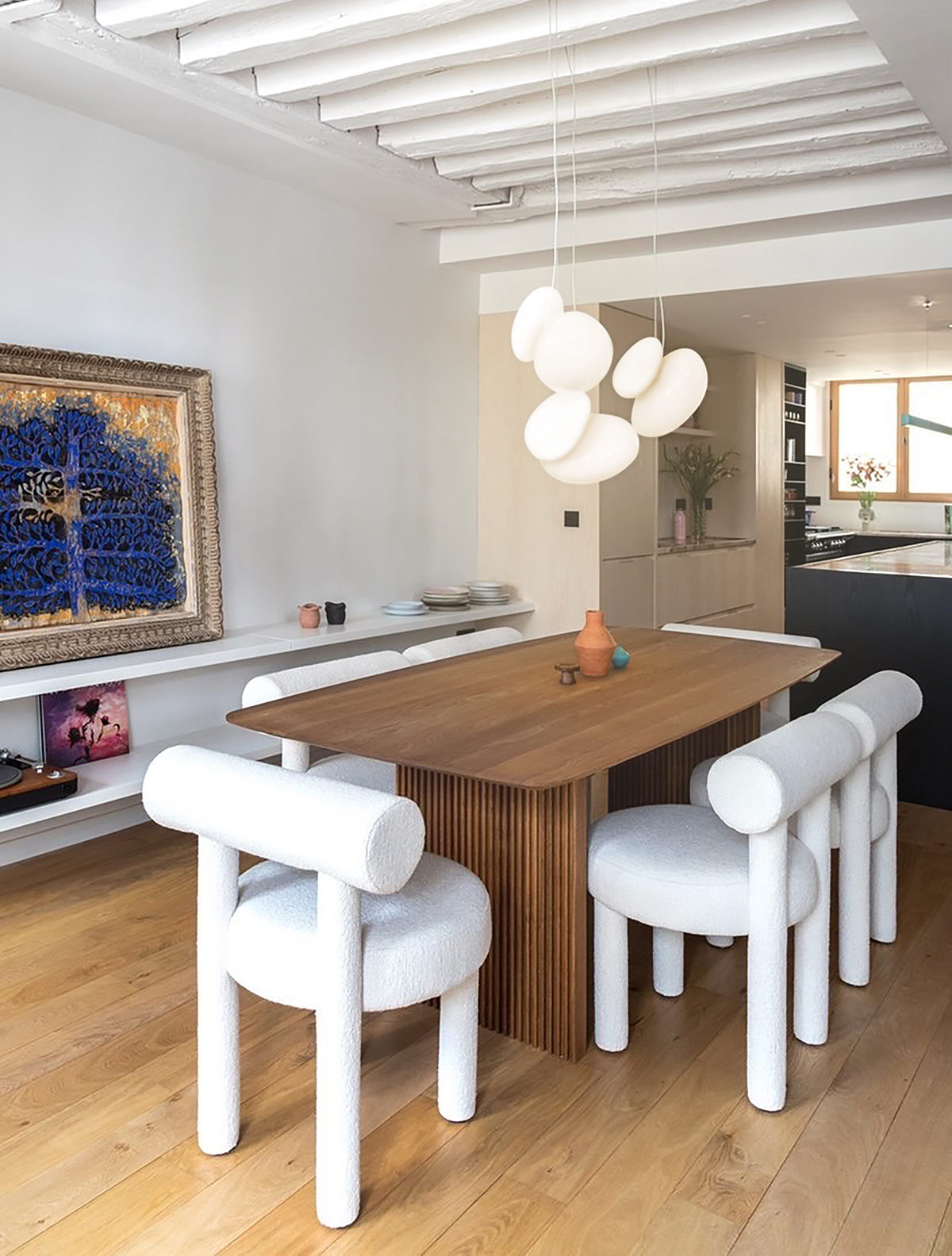
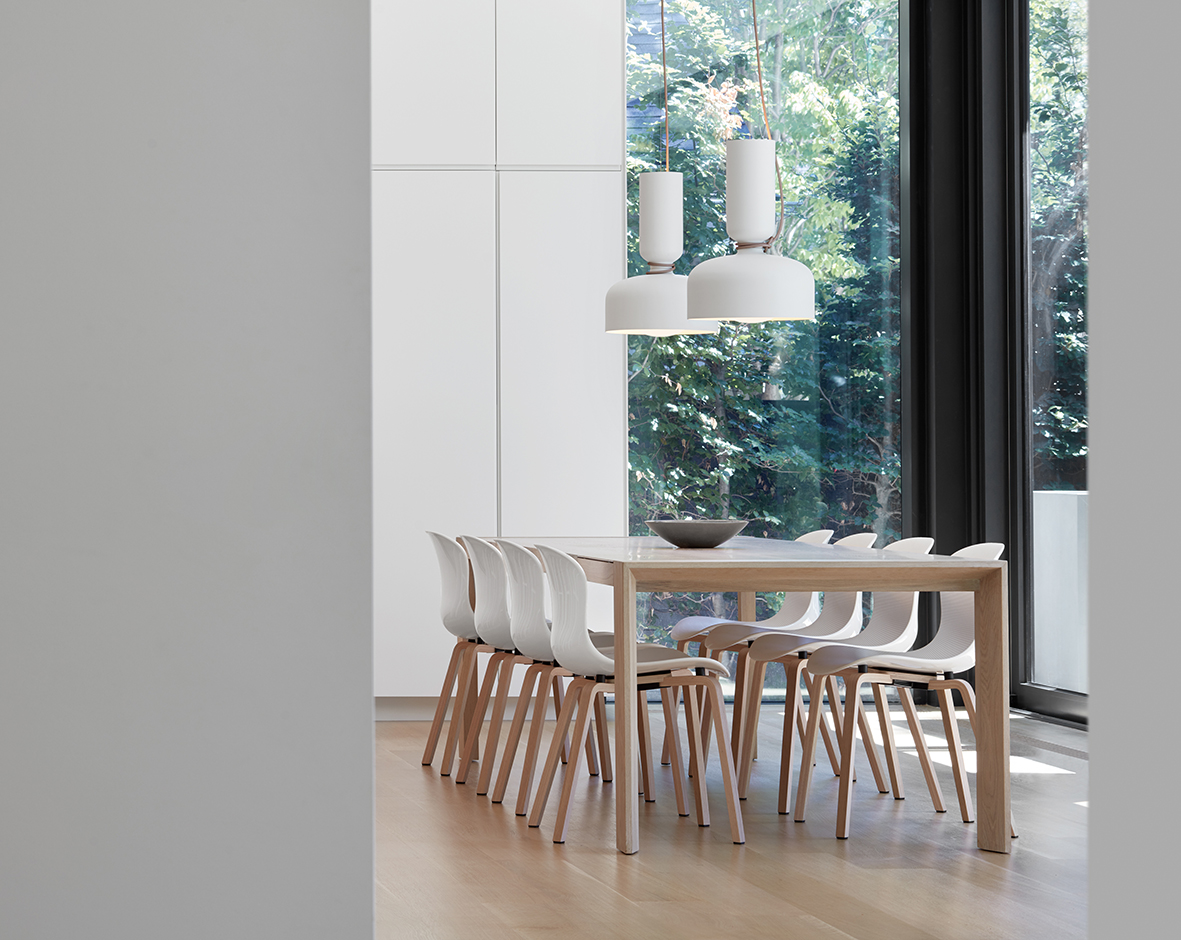
Who do you guys see yourselves designing for — both in macro terms, like residential vs. commercial, but also at a more human level?
Most of it is commercial, so a lot of our fixtures have to work in that type of setting, but through choices in scale or material or finishes, we try to shift it to make sure that it will also work in a residential setting. The decorative element hopefully applies to a residential setting or an interior designer or cutting-edge cool people, whereas the functional build quality should and does apply to the commercial. There’s a uniqueness and an aesthetic to our work that’s backed up by the technology, the build quality, and the technical support. That confidence works really well for, you know, speccing 100 or 500 lights for a job. Whereas residential is great because you get the super beautiful photo in the magazine and you get the press and you get the reputation, but you’re ultimately selling one or two, right? So, we definitely need both of those categories.
Do you guys have room in your company to go a little crazy sometimes? Like creating a showpiece, maybe an oversized hand-blown Pebble in insane colors?
We definitely talk about it, and we do offer fairly extensive customization, but there are so many moving parts within the ordering process, then how we photograph or document the pieces, and then how that’s absorbed into the world. I am working to do something more one-off, but within ANDlight itself, it’s sort of a double-edged sword. You would get some notoriety, some buzz, it would be fun — but then if people start ordering a whole bunch of them and you can’t reproduce them, that’s the challenge for us.
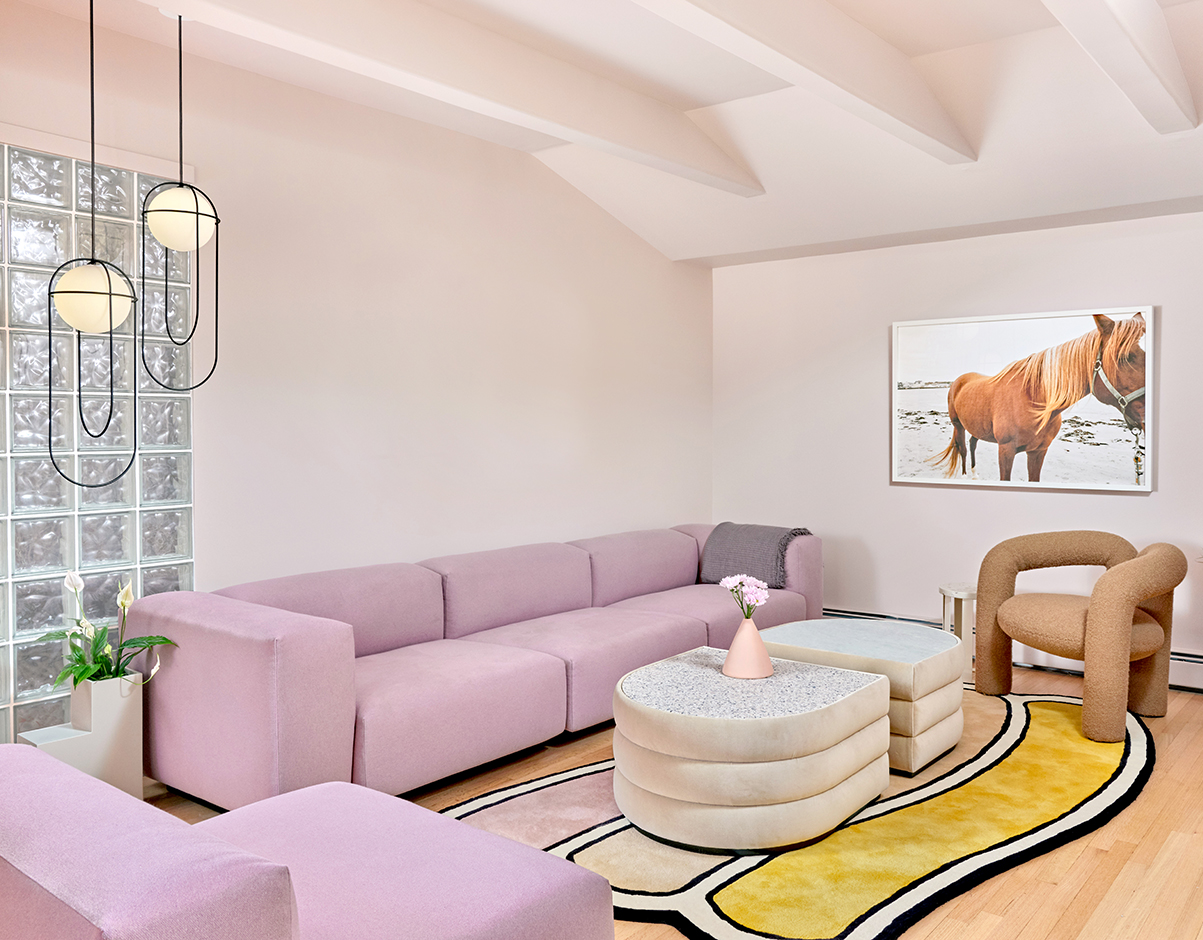
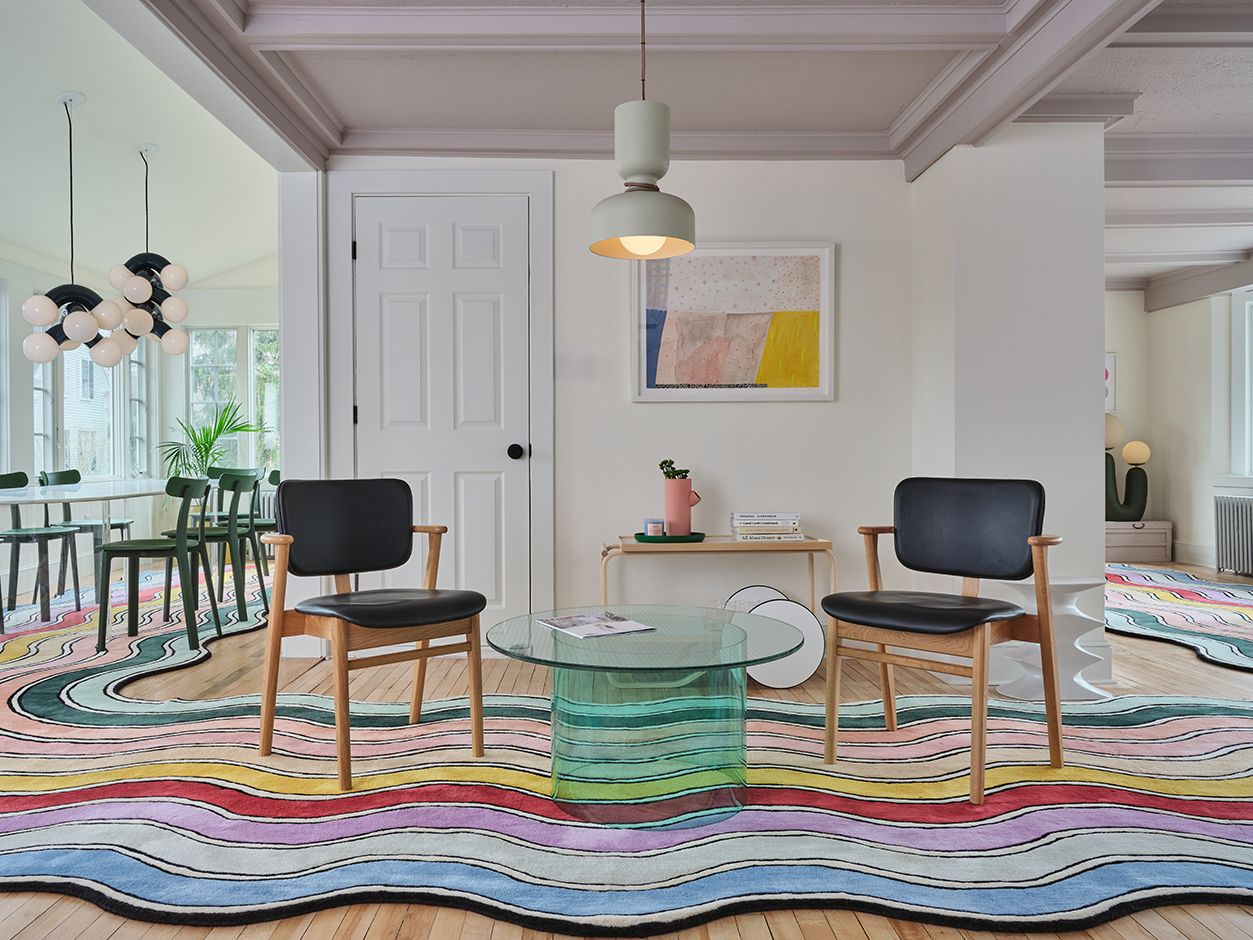
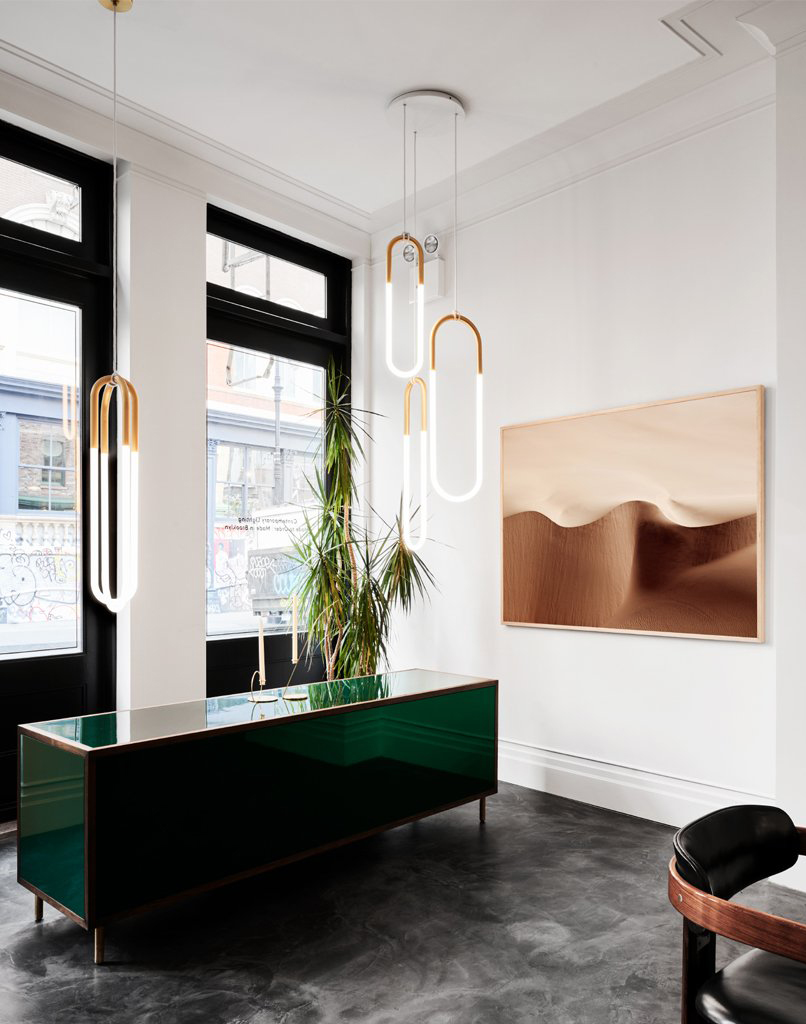
One thing we haven’t talked about is that you went to Design Academy Eindhoven, which has such a different approach to design. I’m wondering if there’s anything you learned there that may have influenced the way you work?
It’s a super conceptual school, and that’s one of its strengths. It really teaches you to be who you are as a designer. You’re not necessarily ever compared to other people in your course; they mark you and judge you based on your potential. So, in theory, one person could make better work than the other, but they’re not judging you based on that person’s potential. And if you don’t live up to your own potential, they’ll fail you even if your project is the best in the class. So, they’re pushing you to really understand who you are as a designer and what your strengths are.
But ultimately, as amazing as that institution is, when you leave school and you’re on your own, you have to find your own way completely. You don’t fit into the automotive or the fashion or the furniture industry. That’s why so many Eindhoven grads start their own studios, and so many do collectible design.
In one of my courses, a teacher said you should always recycle your work because in that way, you’re constantly learning, constantly evolving, changing an idea, and ideally making it better. Whereas if you always start each project from scratch without considering the past, then you’re just going all over the place. I thought that was interesting, and I’m able to look back and see different projects that I have done and how they’ve evolved and changed. Like, the Spotlights — that was something I designed myself in 2010, and it used to look a certain way, and then when we took it on and had to commercialize it, ultimately it changed as a product, but we didn’t necessarily start from scratch. You just keep taking it and evolving it and making it better. I guess simplified, it’s just always being aware of where you came from, because by looking back, you’re always going forward in some fashion.
